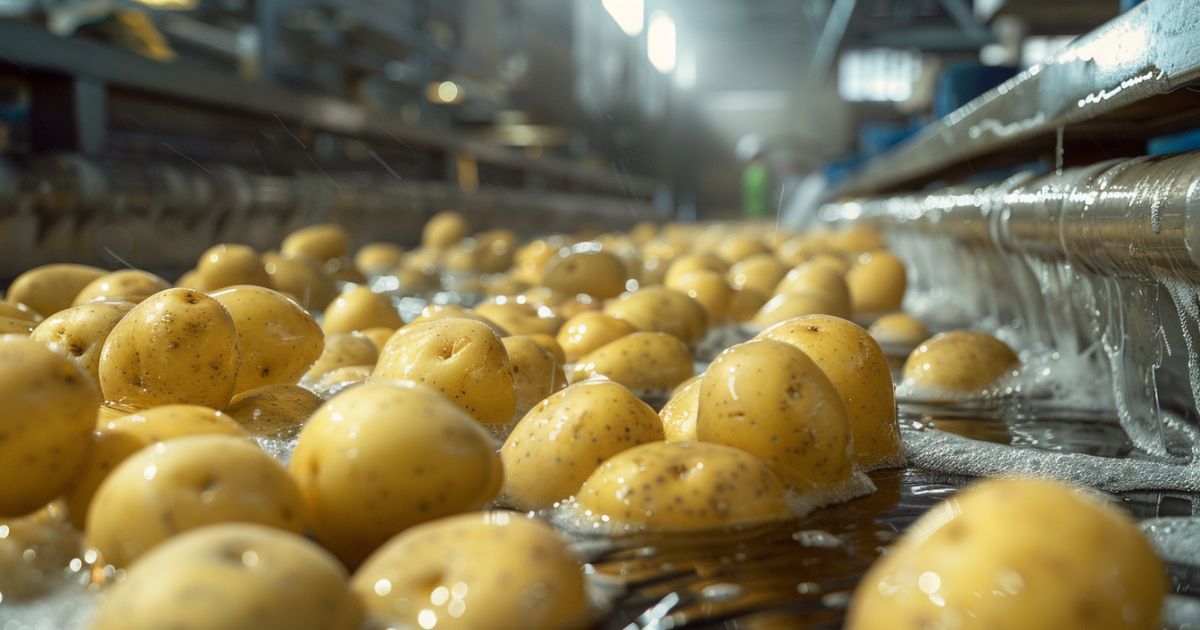Advanced Guide on Foam Control Agents
Foam-Control Agents
Foam control agents, encompassing both defoamers and antifoams, are pivotal in a wide array of industries. They ensure processes run efficiently and safely by managing excessive froth. Their role is multifaceted:
- Preventing Foam: They keep foam from forming, which can interfere with operations.
- Collapsing Foam: When foam does arise, they help it dissipate quickly.
Let’s delve into what makes these agents so essential:
- Essence of Foam: Foam arises when gas gets trapped by surface tension within liquids or solids, which can hinder machinery and spoil products.
- Defoamers at Work: Comprising oils, waxes, and particles such as silicas, defoamers spread to break down foam, releasing trapped gas.
- Antifoam Action: Designed to act before foam forms, antifoams incorporate substances like hydrophobic particles to prevent the initial buildup.
Highlighting a specific product:
- TINYFOAM silicone antifoam compounds: Known for their strength against persistent foam, these compounds adjust the dynamics at gas-liquid interfaces for better control.
In a nutshell, the science of these agents involves:
- Adaptable Use: Effective in varied conditions, from hot to cold, and compatible with both water-based and non-aqueous systems.
- Safe Application: With low toxicity, suitable even for food-related processes.
Foam-Control: A Comprehensive Overview
Foam control stands as a cornerstone in ensuring the smooth operation and quality assurance across multiple sectors, from culinary creations in food and beverage to the precision required in chemical manufacturing. Its influence on efficiency and cost cannot be overstated, making a deep understanding of the mechanisms behind defoamers and antifoams essential.
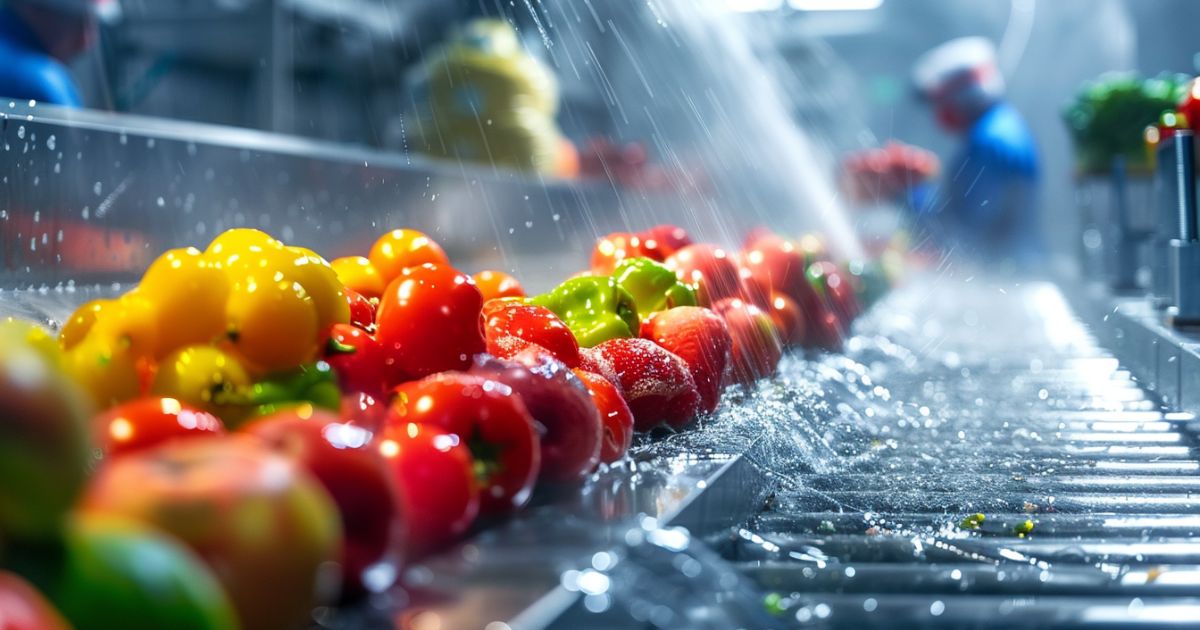
The Core Mechanisms
- Surface Tension Reduction: By diminishing the force that binds foam bubbles, these agents facilitate the collapse of existing foam.
- Foam Destabilization: Incorporating hydrophobic elements, they prevent foam from forming, ensuring smooth processing.
Silicone-Based Antifoams
A standout in this category is the TINYFOAM silicone antifoam compounds, celebrated for their:
- Efficiency at Low Doses: Their potent action even in minimal amounts makes them a go-to for numerous food-related applications.
- Versatility: Effective in a wide temperature range and under various processing conditions, they are adaptable to the diverse needs of the food industry.
Evolving Solutions
The development of antifoam technologies has seen significant strides, allowing for:
- Customized Formulations: Tailored to meet the specific requirements of different food processing scenarios, from beverage production to the preservation of fruits and vegetables.
- Regulatory Compliance: Options include both silicone and non-silicone based formulations to align with industry standards and regulations.
The continuous advancement in antifoam solutions underscores their indispensable role in food manufacturing, highlighting the intricate balance between the scientific principles they’re based on and their practical deployment in enhancing our daily culinary experiences.
Key Concepts in Foam Management
Defoamers vs. Antifoams: While both serve to tackle foam, defoamers focus on eliminating existing foam, whereas antifoams prevent its formation. Their actions hinge on disrupting surface tension and the stability of foam films.
Silicone-Based Solutions: Owing to their robust performance and stability, silicone antifoams are preferred in various applications, notable for their minimal impact on the systems they are introduced to.
- TINYFOAM Compounds: Emblematic of high efficiency, these compounds exemplify the ideal in foam prevention, tailored for industrial use.
The Role of Foam Control Agents
- Proactive Foam Prevention: By managing gas entrainment during processing, these agents curtail foam before it becomes problematic.
- Addressing Inherent Process Challenges: Given the propensity for foam generation through mechanical or chemical means, strategic application of defoamers is crucial to averting potential operational setbacks like overflows or efficiency losses.
- Broader Industrial Adoption: Recognition of the benefits, such as energy conservation and enhanced product uniformity, has broadened the use of these agents across sectors.
Advancements and Integration in Foam Control Technologies
- Innovative Developments: The drive for better solutions has fostered advancements that not only enhance operational performance but also consider environmental sustainability.
- Seamless Integration: Modern foam control technologies are designed to blend with existing processes, ensuring efficacy without the need for extensive modifications.
The Evolving Landscape
As industries evolve towards more refined and resource-conscious practices, the significance of effective foam control continues to grow, marking defoamers and antifoams as indispensable allies in the pursuit of excellence in production and environmental stewardship.
Food Defoaming and Antifoam Agents
In food production, ensuring product quality and consistency is paramount. Foam, an unwanted side-effect in many processes, can compromise these standards. Enter defoaming and antifoam agents, the guardians of quality in the culinary world.
Role and Application
Action Mechanism: These agents tackle foam by either reducing surface tension or directly inhibiting foam’s stability, facilitating smoother and more cost-efficient production.
Silicone-Based Solutions: Renowned for their versatility, TINYFOAM silicone antifoam compounds stand out, adept at managing foam across a wide range of conditions, from varying pH levels to extreme temperatures.
- Broad Spectrum Use: Whether it’s bottling beverages, overseeing fermentation, or crafting sauces, these compounds excel, preventing foam from forming and addressing any that arises.
Choosing the Right Agent
The selection of an appropriate defoaming agent is a nuanced process, influenced by several key factors:
- Compatibility and Performance: An agent’s effectiveness is determined by its ability to integrate seamlessly with the process, not altering the product’s inherent qualities.
- Technological Synergy: Advances in foam control technologies not only aim to eliminate existing foam but also preemptively address potential foam formation, enhancing overall production efficiency.
Impact and Advancements
The strategic application of defoaming agents brings about a delicate equilibrium in manufacturing, ensuring that quality is upheld without sacrificing efficiency. Innovations in this field continue to refine this balance, offering solutions that are both effective and aligned with the diverse needs of the food industry.
Food-Grade Antifoams: The Science and Application
Food-grade antifoams embody the melding of scientific innovation with practical utility, especially in the domain of food processing. These agents, pivotal in maintaining the integrity of various food products, operate on two primary fronts:
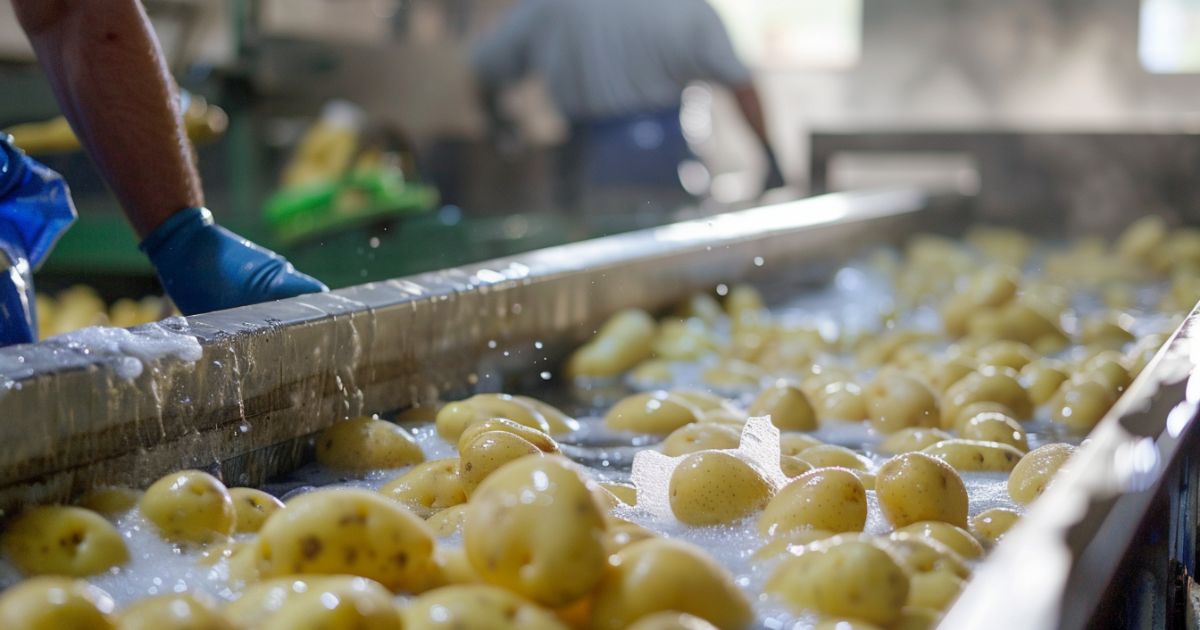
The Core Mechanisms
- Surface Tension Reduction: By diminishing the force that binds foam bubbles, these agents facilitate the collapse of existing foam.
- Foam Destabilization: Incorporating hydrophobic elements, they prevent foam from forming, ensuring smooth processing.
Silicone-Based Antifoams
A standout in this category is the TINYFOAM silicone antifoam compounds, celebrated for their:
- Efficiency at Low Doses: Their potent action even in minimal amounts makes them a go-to for numerous food-related applications.
- Versatility: Effective in a wide temperature range and under various processing conditions, they are adaptable to the diverse needs of the food industry.
Evolving Solutions
The development of antifoam technologies has seen significant strides, allowing for:
- Customized Formulations: Tailored to meet the specific requirements of different food processing scenarios, from beverage production to the preservation of fruits and vegetables.
- Regulatory Compliance: Options include both silicone and non-silicone based formulations to align with industry standards and regulations.
The continuous advancement in antifoam solutions underscores their indispensable role in food manufacturing, highlighting the intricate balance between the scientific principles they’re based on and their practical deployment in enhancing our daily culinary experiences.
Overview of Foam Control
Foam control merges disciplines like chemistry, food science, and industrial engineering to tackle a common industrial challenge: unwanted foam. This section explores the integral components and their roles in this complex field.
Key Components of Foam Control
- Defoamers: These agents target and break apart the surface tension that binds foam bubbles, leading to their collapse.
- Antifoams: Designed to prevent the formation of foam, antifoams proactively stop foam before it starts.
The Role of Silicone Antifoams
Silicone antifoams are particularly noted for their:
- Versatility and Efficiency: Capable of performing in a myriad of industrial settings, they’re a top choice for ensuring process smoothness.
- Active Function: They destabilize the surface tension in foaming systems, effectively halting foam in its tracks.
Application in Industry
Foam control is crucial in areas like:
- Chemical Manufacturing: Ensuring product consistency and preventing process disruptions due to foam.
- Food Production and Wastewater Treatment: Silicone antifoams like TINYFOAM compounds play a dual role, acting both as defoamers and preventive antifoams, showcasing their wide-ranging effectiveness.
Technological Advances
The evolution of foam control technologies has brought about:
- Specialized Solutions: Tailored compounds like TINYFOAM meet specific industry needs, balancing efficacy with compatibility.
Understanding the individual and combined effects of defoamers and antifoams sheds light on their importance in maintaining industrial efficiency and product integrity.
Foam Control in the Food & Beverage Industry
The food and beverage sector faces unique challenges with foam, impacting efficiency and product quality. Addressing this issue, foam control solutions play a crucial role in streamlining operations from the kitchen to the packaging line.
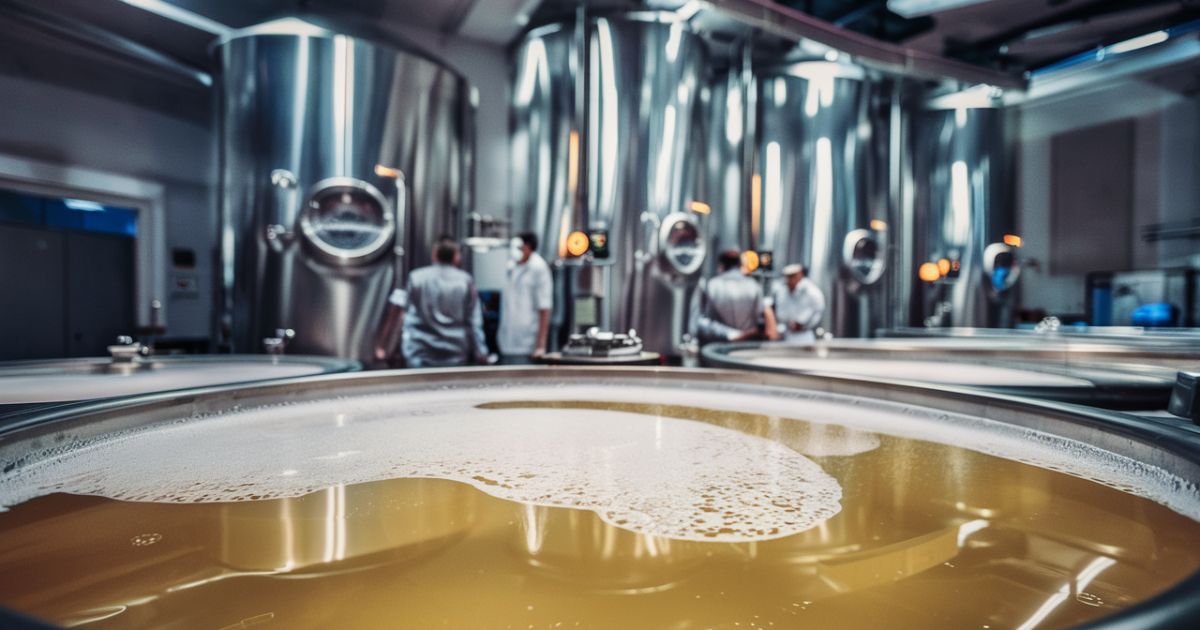
Key Strategies in Foam Management
- Defoamers: These agents target and dissolve existing foam, ensuring unimpeded production flows.
- Antifoams: Acting preemptively, antifoams prevent foam from forming, safeguarding the integrity of food and beverage products.
TINYFOAM Silicone Antifoam Compounds
Among the various solutions, TINYFOAM compounds are distinguished by:
- Superior Performance: Engineered for efficacy, even in minimal amounts, these compounds address foam at every production stage.
- Versatility: Their ability to adapt to different processing environments makes them invaluable in food and beverage manufacturing.
The Science and Application
Foam control technology utilizes advanced chemistry to:
- Modify Surface Tension: By adjusting the forces that contribute to foam stability, these solutions prevent the structural formation of foam.
- Tackle Complex Foaming Issues: Especially in food processing, where mixtures can be intricate, silicone antifoams effectively penetrate and neutralize foam.
Despite its seemingly minor appearance, foam can significantly disrupt food and beverage operations. Thanks to advancements in chemical manufacturing, including the development of TINYFOAM silicone antifoam compounds, the industry now has efficient tools to uphold production standards and ensure quality control.
Antifoam and Foam Control Agents: Essentials for Industry
Antifoams are engineered to tackle one of the more pervasive challenges in various industries: controlling unwanted foam. Their role is especially pronounced in sectors where foam can directly impact efficiency and quality, such as chemical manufacturing and food production.
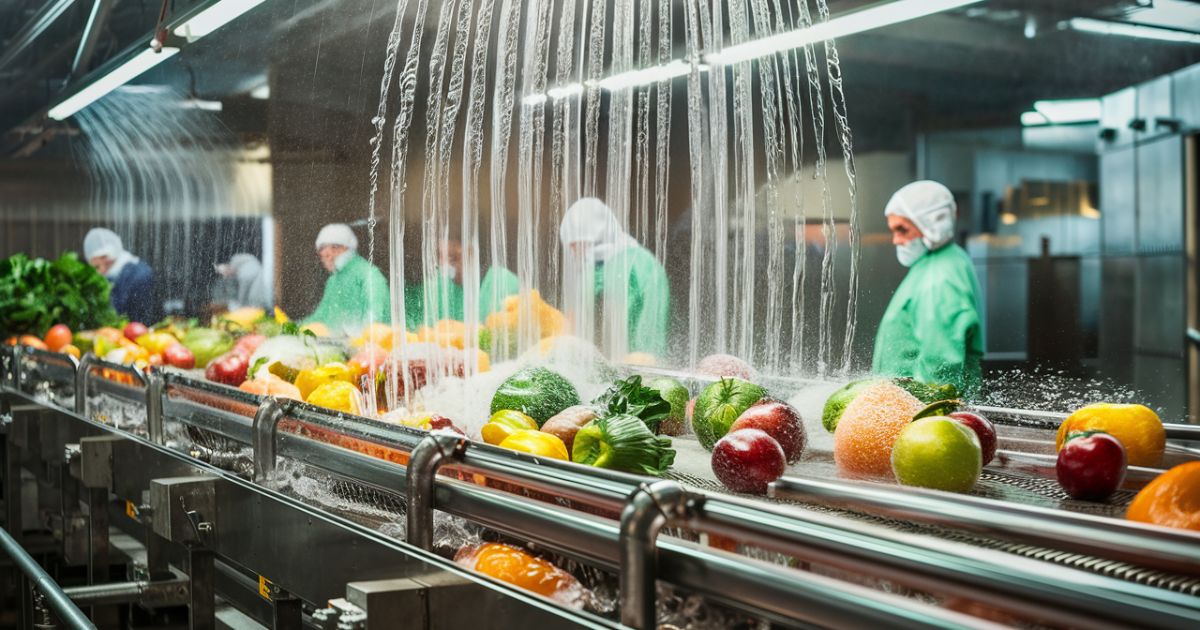
Types and Functions
Variety of Antifoams: The spectrum includes silicone-based, oil-based, powder, and water-based antifoams, each with unique properties and applications.
Silicone Antifoams: Stand out for their effectiveness, attributed to their low surface tension and ability to spread rapidly across surfaces.
- TINYFOAM Compounds: Exemplify the pinnacle of silicone antifoam technology, offering significant foam reduction even in minimal doses.
Mechanisms at Play
- Surface Tension Alteration: By reducing the cohesive forces in liquids, these agents destabilize foam, facilitating its collapse.
- Preferential Dispersion: Many defoamers have an affinity for oil over water, aiding in the breakdown of foam structures.
Technological Evolution
The advancement in foam control technologies has been marked by:
- Enhanced Understanding: A deeper grasp of how different substances interact with foam under various conditions has refined application methods.
- Customized Solutions: Development of specific agents tailored to meet the unique challenges of different industrial settings.
Impact on Industry
The strategic application of antifoams and defoamers is critical for:
- Boosting Productivity: By mitigating foam-related disruptions, these agents enhance operational flow.
- Cost Reduction and Quality Assurance: Optimizing foam levels translates to cost savings and ensures the integrity of the final products.
As industries evolve, the integration of advanced foam control technologies remains key to future growth, underscoring the importance of continued innovation in this field.
Conclusion: The Future of Foam Control
In summarizing the role of foam control agents, it’s evident that products like silicone antifoams and TINYFOAM compounds are fundamental to a wide range of industrial operations. Their ability to manage foam effectively makes them a cornerstone in sectors from chemical production to the food and beverage industry.
The Essence of Foam Control
- Dual Action: These agents excel in both preventing foam formation and addressing existing foam, ensuring uninterrupted industrial processes.
- Core to Efficiency: By mitigating foam-related issues, they safeguard equipment, maintain product integrity, and contribute to operational efficiency.
Forward-Looking Innovations
The trajectory of foam control technology is marked by continuous improvement, focusing on:
- Eco-Friendly Advances: The push towards greener solutions highlights the industry’s commitment to sustainability without compromising on performance.
- Technological Breakthroughs: Ongoing research and development promise even more effective and versatile foam control solutions in the future.
The Broader Impact
Foam control agents, often unsung heroes in industrial settings, play a vital role in ensuring the smooth execution of critical processes. As we look ahead, the potential for innovation in this field holds the promise of enhancing sustainability and efficiency across industries, underscoring the significant impact of these agents on modern manufacturing and processing landscapes.

